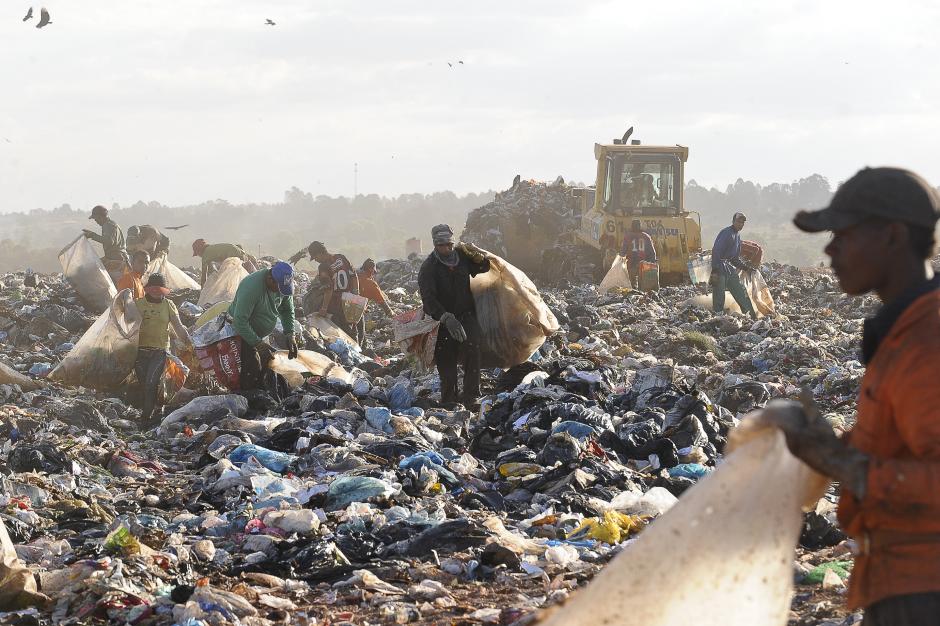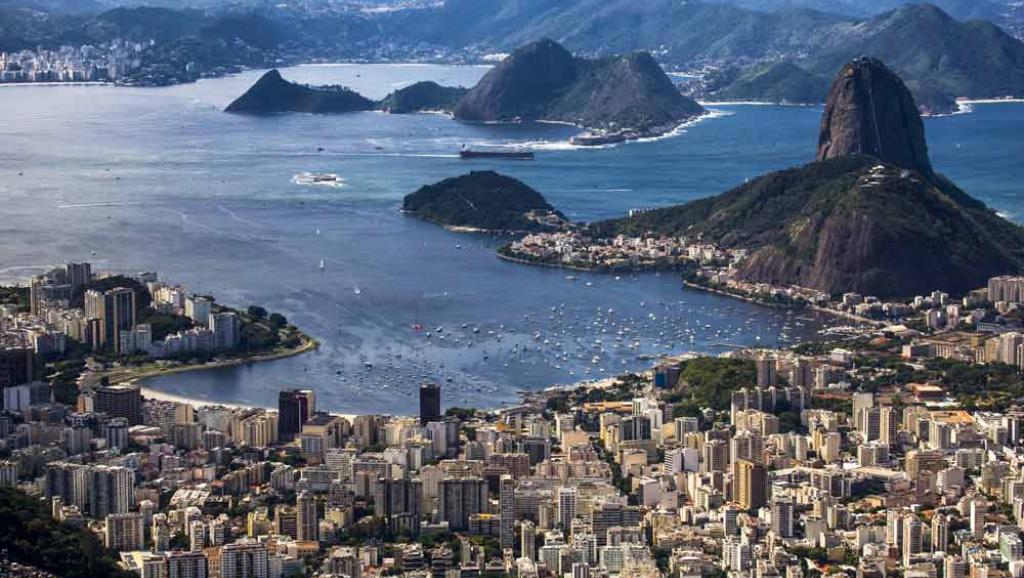RIO DE JANEIRO, BRAZIL – On Wednesday, December 4th, the Baía Viva (“Live Bay”) Movement filed a petition with the Office of the Prosecutor General (PGR) and with the State Prosecutor, denouncing the annual production by the Morro do Céu Landfill, located in the Caramujo neighborhood in Niterói, of an estimated volume of 118 million liters of untreated leachate, which is a highly polluting toxic effluent, dangerous to human health and the environment.

In the petition, the movement demands criminal liability for Environmental Crime and Crime of Administrative Malpractice of the leaders of the Municipal Company of Urban Cleaning (CLIN), the State Environmental Institute (INEA-RJ) and the private concessionaire Águas de Niterói S/A, as well as the prompt prohibition of “dilution” of the leachate in several sewage treatment plants (ETEs) operated by CEDAE and private concessionaires in several municipalities of Rio de Janeiro.
In a complaint brought on July 19th, 2018 to the Federal and State MPs, the Baía Viva Movement had already alerted to the existence of an untreated leachate crisis in the state of Rio de Janeiro, caused by its non-processing from a large number of landfills (or its inadequate treatment in sewage treatment plants) that would generate the illegal leak of an estimated volume of one billion liters of leachate per year illegally dumped into waters, mangroves and beaches in Guanabara Bay.
Daily, the Guanabara Bay is filled with approximately three million liters of leachate. A total volume of leachate is about 500 million liters of untreated leachate (i.e. 500,000 cubic meters), it is also stored precariously and unsafely in lagoons or stabilization tanks located in the areas of “deactivated” landfills and/or in sanitary landfills located in the Metropolitan Region of Rio Grande do Sul. During rainy periods, these tanks overflow directly into the waters of the bay, rivers, and mangroves, endangering artisanal fishing, the sanitary conditions of beaches and causing diseases among fishermen and local populations.
Last week, on November 26th, Baía Viva had already denounced to the PGR and the State MP that the Gramacho (Duque de Caxias) and Gericinó landfills (district of Bangu, in the West Zone of Rio de Janeiro) contribute to the illegal dumping of 3.34 million liters of leachate per day, both of which discharge these pollutants directly into the Sarapuí River hydrographic basin that drains into Guanabara Bay. Of this total, there is an accumulated volume in the Gramacho landfill, without proper treatment; in six containment lagoons, it is estimated that 175,000 cubic meters of leachate are stored, or approximately 175 million liters. In the Gericinó landfill, it is estimated that a volume of 639 m3/day (639,000 L/day) of leachate is discharged into the Sarapuí River.
On October 24th, another complaint from Baía Viva also brought to the MPF and MPE, alerted that the Itaóca landfill (São Gonçalo), located on the banks of the bay in a mangrove area, was discharging a volume of 364,000 liters of leachate on a daily basis, a total of 131 million liters per year.

A few months ago, in another complaint, the movement made another denunciation to the MPF and MPE in relation to the irregular dumping by CTR Santa Rosa, a sanitary landfill located in Seropédica, which gets 9,000 tons of waste a day from the city of Rio de Janeiro, producing two million liters of leachate on a daily basis.
Since 2018, Baía Viva has been alerting and calling for measures such as the adoption of a schedule for the implementation of mandatory Leachate Treatment Stations in several landfills and sanitary landfills located in the Metropolitan Region of Rio de Janeiro.
According to the movement, the origin of the untreated leachate crisis began in 2012, on the eve of the United Nations Conference on Sustainable Development (UNCSD), Rio+20, held in the city of Rio de Janeiro, where the State Secretariat of the Environment (SEA) and INEA-RJ declared all the landfills of RMRJ, as well as several municipalities in the state’s interior, “deactivated” or “eradicated”.
Despite being declared “deactivated” since 2012 by INEA-RJ, the Morro do Céu landfill produces 328 m3/day (328,000 L/day) of leachate and the monthly production is estimated at 9,840,000 liters and totals 118,080,000 liters per year.
This landfill began operating in mid-1983 and is located only seven kilometers from downtown Niterói, and for 30 years has been supplied with 750 tons of waste per day from the municipality, generating contamination of water bodies (source of the Mata-Paca river and artesian wells), air pollution and the beaches of Niterói.
Since 2002, the Morro do Céu landfill has precariously and unsafely carried a large volume of leachate through the sewage collection network to the Icaraí Sewage Treatment Station (ETE), managed by the private concessionaire Águas de Niterói S/A, where this toxic, polluting and dangerous effluent has been illegally “diluted” and then released into the waters of Guanabara Bay through a submarine outlet. It turns out that this pipeline (“leachate pipeline”) never existed and the leachate from Morro do Céu has since been discharged directly into the region’s sewage collection network.

